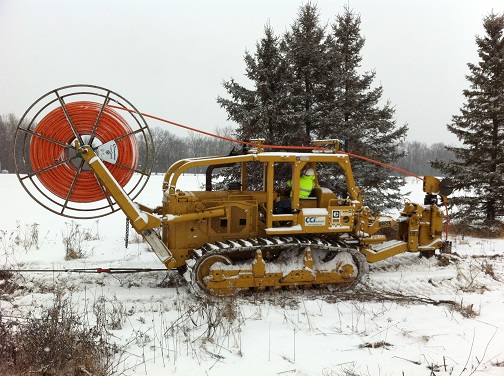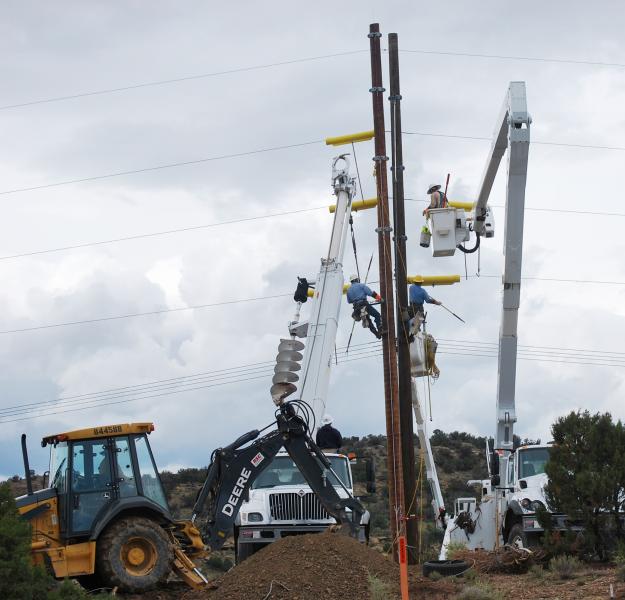Bringing Broadband to Schools in Rural Michigan
President Obama’s ConnectED proposal aims to bring next-generation broadband, with speeds of at least 100 megabits per second and high-speed wireless, to K-12 schools across the nation.
Nowhere is the need greater – or the challenge tougher – than in rural America. High-speed Internet connections can give students living in remote communities access to classes, teachers and instructional materials that those in urban regions may take for granted. But with so many rural areas still lacking advanced telecommunications infrastructure, schools in these places often remain cut off from the promise of broadband.
In Michigan, a non-profit broadband provider called Merit Network is tackling this challenge by connecting K-12 districts in some of the most far-flung reaches of the state.

Merit, which owns and operates a statewide research and education network, dates back to the early academic and government networks that evolved into today’s Internet. It was established in 1966 by the University of Michigan, Michigan State University and Wayne State University.
Today, Merit is using more than $100 million in federal funding from NTIA’s Broadband Technology Opportunities Program to install more than 2,000 miles of fiber to expand its network across the rural stretches of the state’s northern Lower Peninsula and the remote, economically distressed Upper Peninsula. Before the NTIA investment, “there wasn’t a whole lot of infrastructure” in the region, says Jason Russell, Merit’s member relations director.

